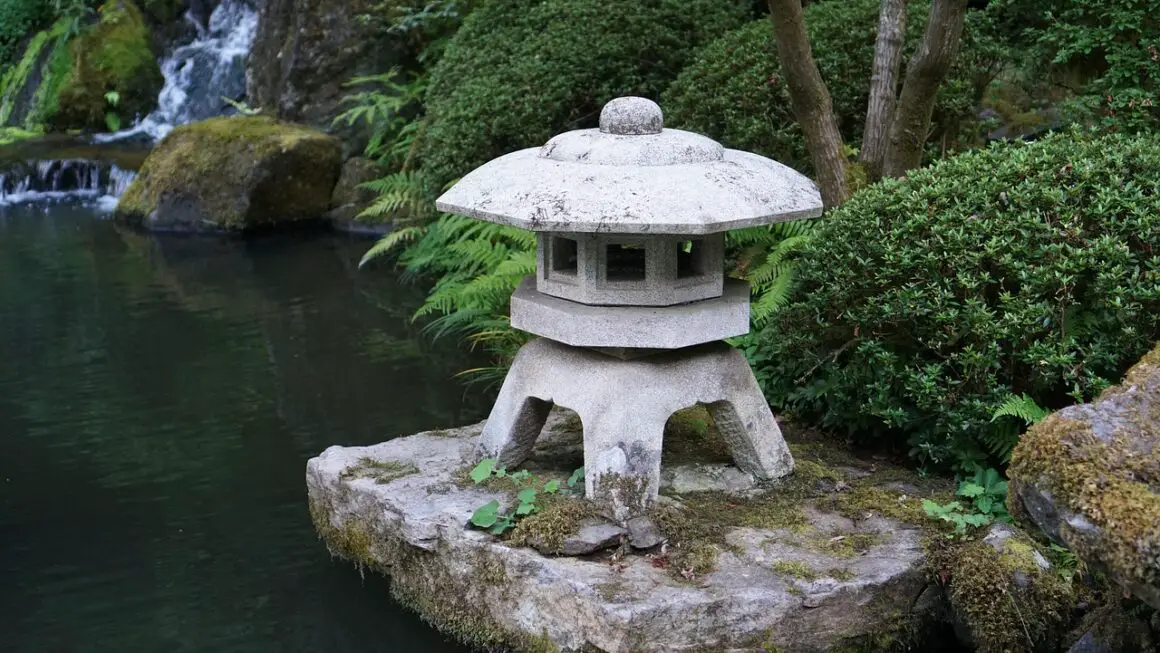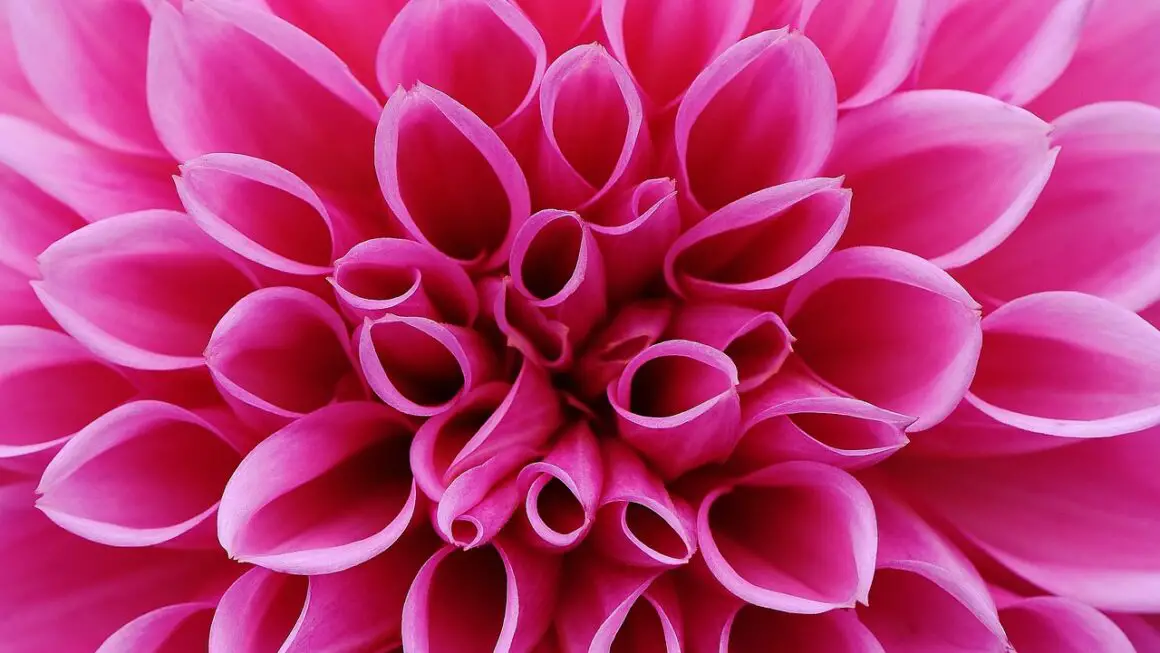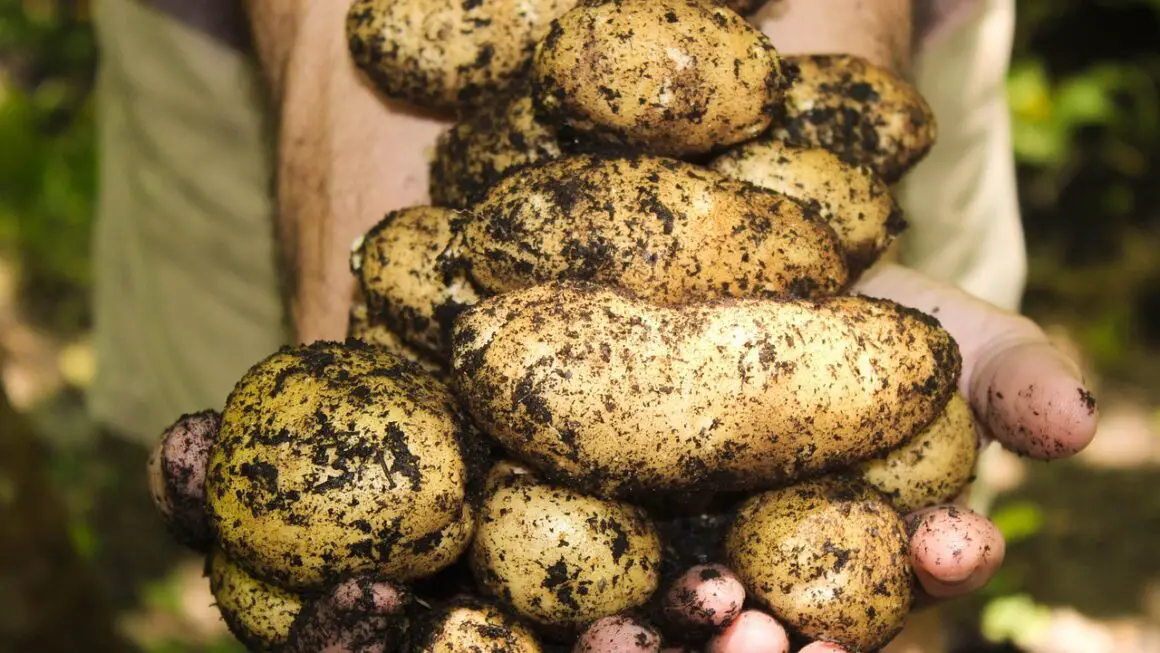Imagine stepping into a cool, tranquil oasis on a hot summer day. This isn’t a far-off dream, but a reality achievable in your own backyard – a shade garden. Often overlooked, shady areas offer unique gardening opportunities, allowing you to cultivate a diverse array of plants that thrive where sunshine fears to tread. Let’s explore the art and science of creating a stunning shade garden.
Understanding Shade and Its Variations
Types of Shade
Not all shade is created equal. Understanding the different types of shade in your garden is crucial for plant selection and overall success.
- Dappled Shade: Sunlight filters through tree canopies, creating patches of sun and shade that shift throughout the day. This type of shade is often ideal for a wide range of plants. Think of areas under mature deciduous trees.
- Partial Shade: Receives direct sunlight for a portion of the day, typically 4-6 hours, often in the morning or late afternoon. Many flowering plants thrive in partial shade.
- Full Shade: Receives less than 3 hours of direct sunlight per day, or only very filtered light. Often found on the north side of buildings or under dense evergreen trees.
- Deep Shade: Receives almost no direct sunlight. This can be the most challenging environment for gardening, but there are still options available. Common examples are areas under decks or very large, established trees.
- Actionable Takeaway: Observe your garden throughout the day to determine the specific types of shade you have. This will inform your plant choices and placement.
Assessing Your Shade Garden’s Microclimate
Beyond the type of shade, consider the specific microclimate of your garden.
- Soil Moisture: Is the soil consistently moist, or does it dry out quickly? Soil moisture is especially important in shady areas as they can be prone to dryness depending on tree root competition.
- Air Circulation: Is the area sheltered from wind, or is it exposed? Poor air circulation can increase the risk of fungal diseases.
- Sunlight Patterns: How does the amount of sunlight change throughout the year as the sun’s angle shifts and trees lose leaves?
- Practical Example: Under a large maple tree, you might experience dry shade due to the tree’s extensive root system absorbing moisture. You’ll need plants tolerant of dry conditions or amend the soil to improve water retention.
Choosing the Right Plants for Your Shade Garden
Foliage First: Embracing Textures and Colors
Shade gardens often rely more on foliage than flowers for visual interest. Focus on selecting plants with a variety of textures, colors, and forms.
- Hostas: The undisputed queen of the shade garden, hostas offer a wide range of leaf sizes, shapes, and colors, from chartreuse to deep blue.
- Ferns: Add a touch of woodland elegance with their delicate fronds. Consider varieties like Ostrich Fern, Japanese Painted Fern, or Lady Fern.
- Heucheras (Coral Bells): Known for their vibrant foliage in shades of purple, red, orange, and green.
- Japanese Maples: Provide stunning architectural interest and vibrant fall color, even in partial shade.
- Statistics: Studies have shown that incorporating diverse foliage textures and colors can significantly enhance the aesthetic appeal of shade gardens, increasing perceived plant richness by up to 30%.
Flowering Options for Shady Spots
While foliage takes center stage, you can still incorporate flowering plants to add pops of color.
- Impatiens: A classic choice for shade gardens, offering a wide array of colors and continuous blooms throughout the summer.
- Begonias: Both fibrous and tuberous begonias thrive in shady conditions, providing vibrant flowers and interesting foliage.
- Astilbes: Feathery plumes of flowers in shades of pink, red, white, and purple add vertical interest.
- Bleeding Heart (Dicentra spectabilis): A charming spring bloomer with heart-shaped flowers.
- Actionable Takeaway: Research the specific light requirements of each plant before purchasing to ensure it will thrive in your garden’s conditions.
Preparing and Maintaining Your Shade Garden
Soil Preparation
Healthy soil is the foundation of any successful garden. Amend your soil with organic matter to improve drainage, water retention, and nutrient content.
- Compost: A valuable addition that improves soil structure and provides essential nutrients.
- Leaf Mold: Decomposed leaves create a rich, moisture-retentive soil amendment.
- Peat Moss: Helps to improve soil aeration and water retention (though its environmental impact is being reconsidered; consider coco coir as an alternative).
- Practical Example: Before planting, dig in a generous amount of compost to improve the soil’s fertility and drainage. For clay soils, add sand or gravel to further improve drainage.
Watering and Fertilizing
- Watering: Shade gardens may require less frequent watering than sunny gardens, but it’s still important to monitor soil moisture, especially during dry spells.
- Fertilizing: Apply a slow-release fertilizer in the spring to provide plants with essential nutrients throughout the growing season. Over-fertilizing can be detrimental.
- Mulching: Apply a layer of mulch around plants to help retain moisture, suppress weeds, and regulate soil temperature. Use organic mulches like shredded bark or pine needles.
- Actionable Takeaway: Water deeply but infrequently, allowing the soil to dry slightly between waterings.
Managing Pests and Diseases
Shady environments can sometimes be prone to certain pests and diseases.
- Slugs and Snails: These pests thrive in moist, shady conditions. Use traps, diatomaceous earth, or copper tape to control them.
- Fungal Diseases: Improve air circulation by spacing plants adequately and removing dead or diseased foliage. Consider using organic fungicides if necessary.
- Deer: Deer can be a problem in some areas. Choose deer-resistant plants or use fencing or repellents to protect your garden.
- Practical Tip: Inspect your plants regularly for signs of pests or diseases and take action promptly to prevent them from spreading.
Designing Your Shade Garden
Creating Visual Interest
A well-designed shade garden is more than just a collection of plants; it’s a harmonious blend of textures, colors, and forms.
- Layering: Plant taller plants in the back and shorter plants in the front to create depth and visual interest.
- Repeating Elements: Repeat certain plants or colors throughout the garden to create a sense of unity.
- Adding Hardscape Elements: Incorporate stepping stones, pathways, benches, or water features to enhance the garden’s appeal.
- Practical Example: Use a tall fern as a backdrop for a grouping of colorful impatiens, with a low-growing hosta in the foreground.
Choosing a Theme
Consider adopting a specific theme for your shade garden.
- Woodland Garden: Emulate a natural woodland environment with ferns, hostas, and native wildflowers.
- Japanese Garden: Incorporate elements of Japanese design, such as moss, stones, and Japanese maples.
- Cottage Garden: Create a romantic and informal garden with a mix of flowering plants and foliage.
- Actionable Takeaway:* Sketch out a plan for your garden before planting to visualize the layout and plant placement. Consider factors such as sunlight patterns, drainage, and existing structures.
Conclusion
Creating a thriving shade garden is a rewarding endeavor that allows you to transform overlooked areas into beautiful and tranquil spaces. By understanding the nuances of shade, choosing the right plants, and implementing proper maintenance practices, you can cultivate a garden that thrives even in the absence of direct sunlight. Embrace the challenge and unlock the hidden potential of your shady spaces!



